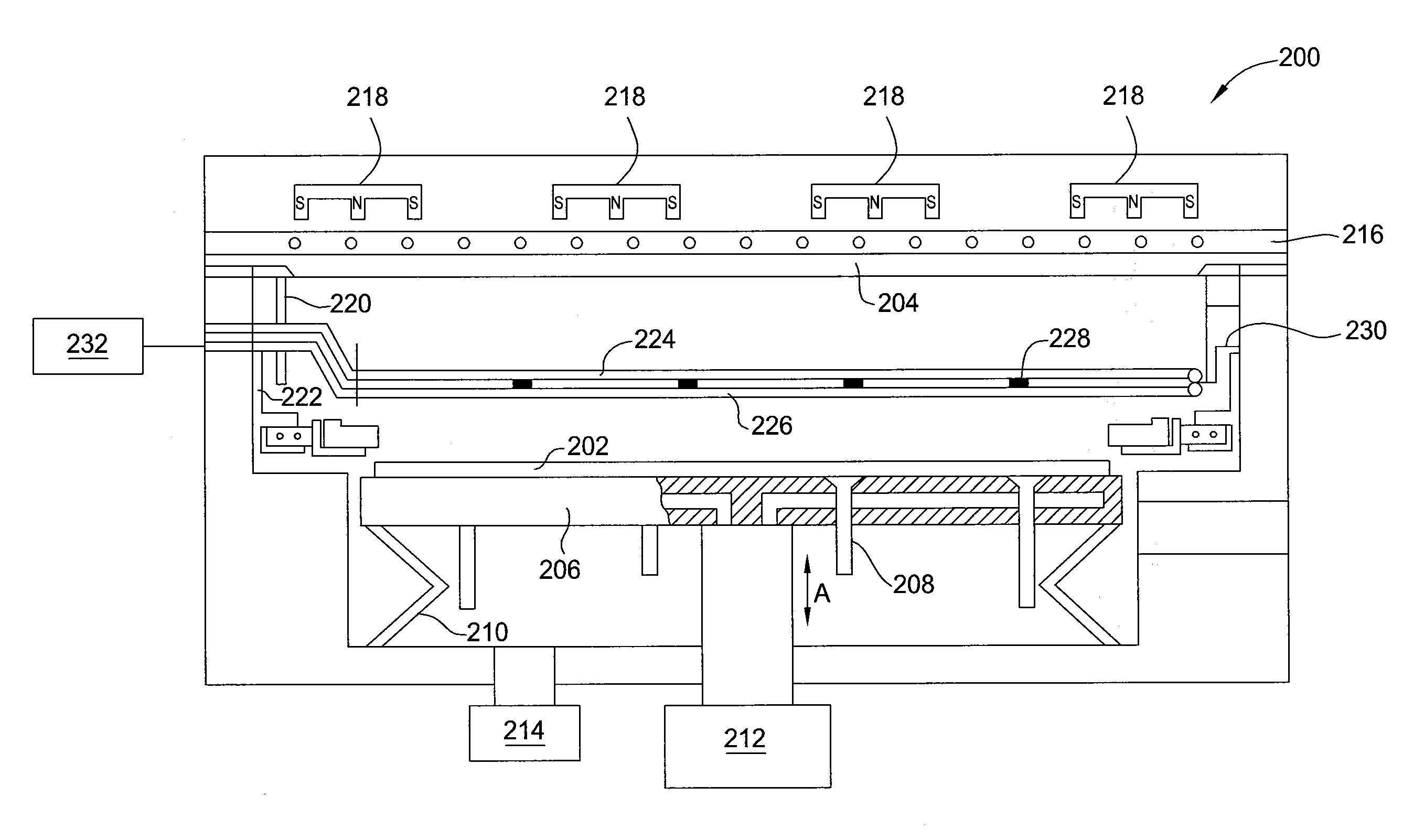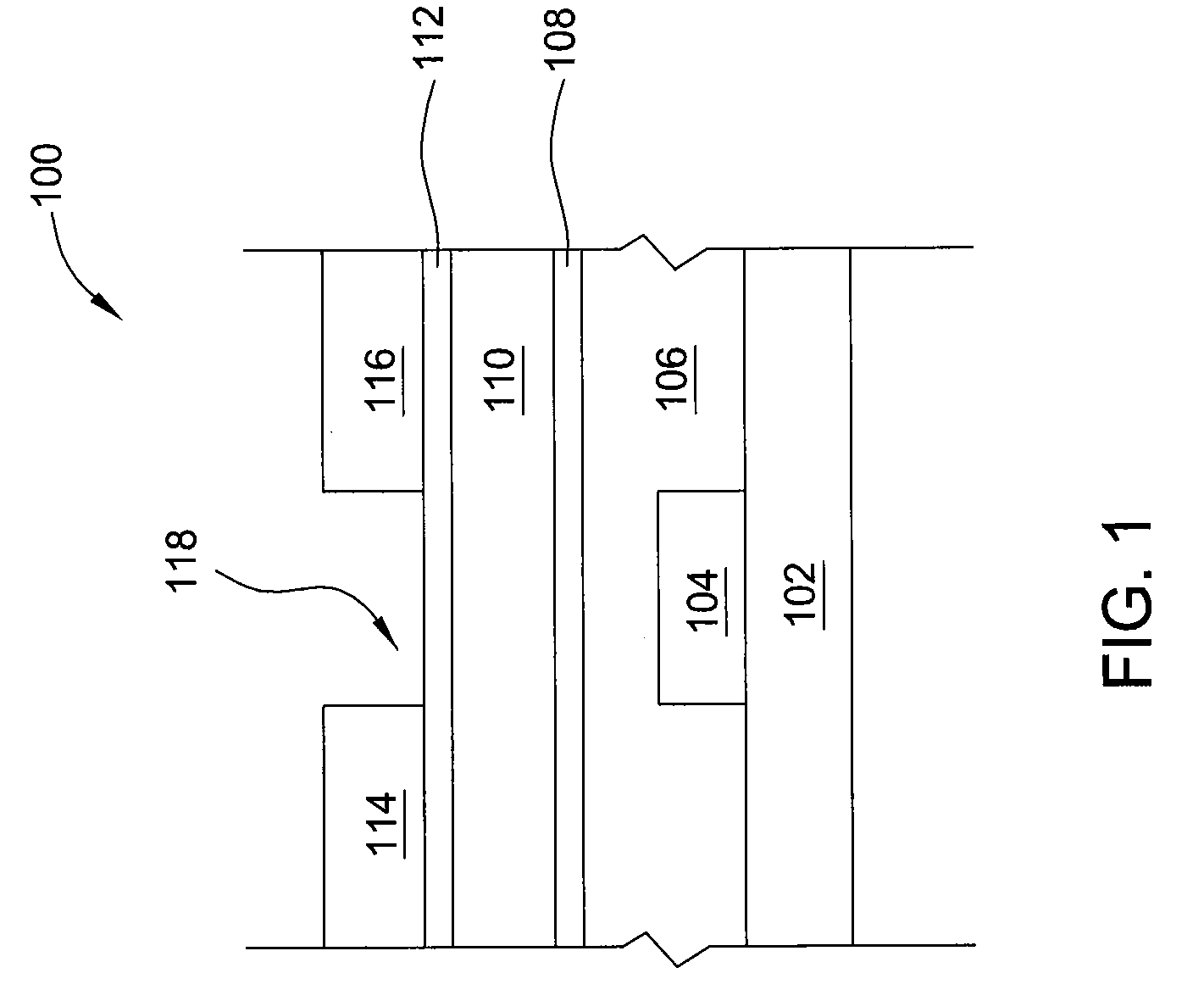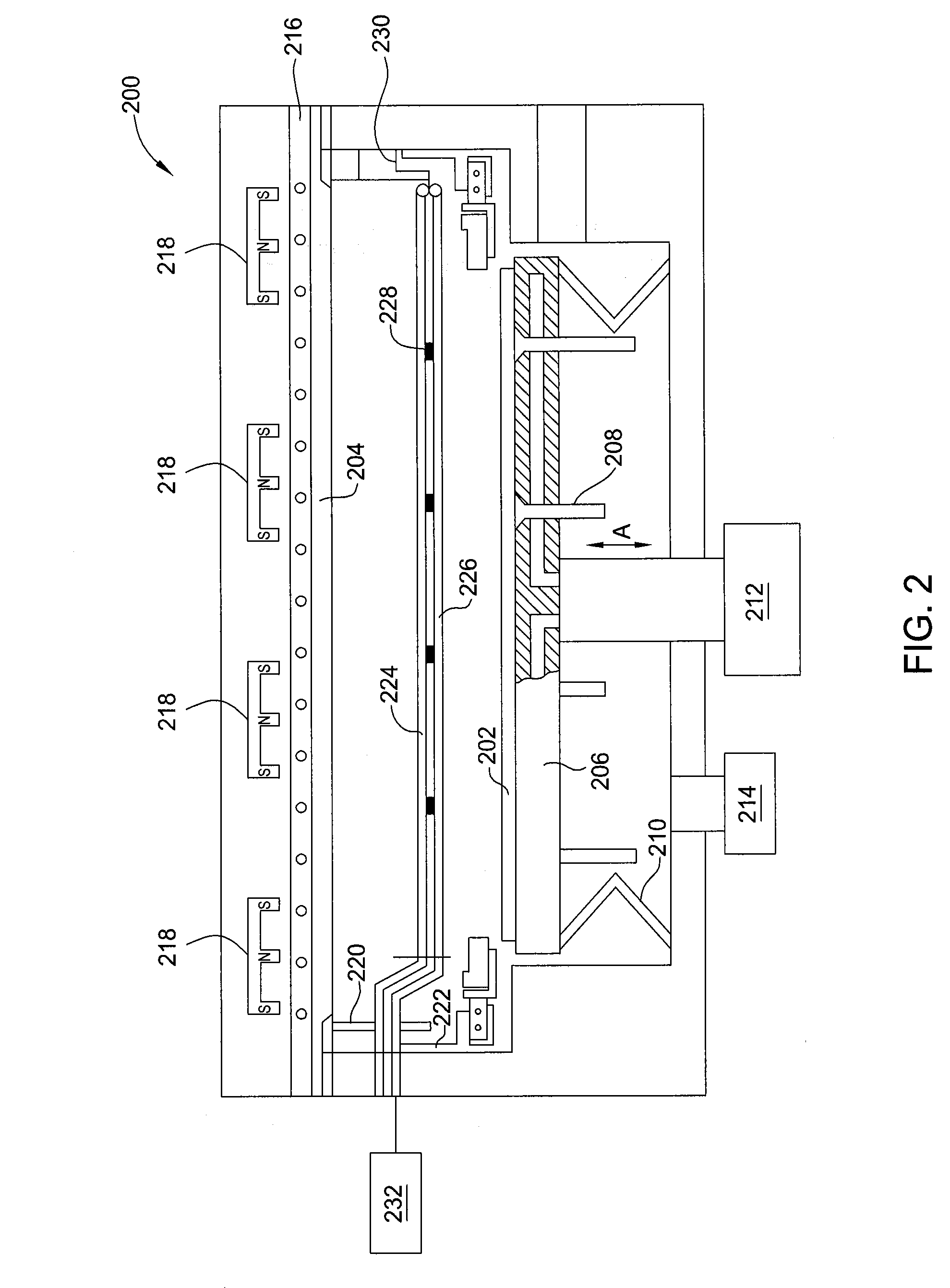Methods for stable process in a reactive sputtering process using zinc or doped zinc target
a reactive sputtering and stable technology, applied in the direction of vacuum evaporation coating, electric discharge tube, coating, etc., can solve the problems of high cost of polysilicon with electron mobility above 50 cm/v-s, inability to meet large-area substrate applications, and inability to stabilize, etc., to achieve sufficient reduction or cleaning, the effect of reducing the redeposition of byproducts
- Summary
- Abstract
- Description
- Claims
- Application Information
AI Technical Summary
Benefits of technology
Problems solved by technology
Method used
Image
Examples
Embodiment Construction
[0024]Embodiments disclosed herein generally relate to a method for seasoning a sputtering target and other exposed surfaces in-situ with a substrate to be processed. New semiconductor compounds containing oxygen, nitrogen, and an element such as zinc, cadmium, tin, indium, and gallium are beginning to replace silicon as the material for active channels in TFTs. The new semiconductor compounds may be deposited by a reactive sputtering process. During the sputtering process, reactive gas reacts with the metal from the sputtering target and deposits on the substrate. Some of the reactive gas may react at the surface and lead to a buildup of a compound at the target surface. Because oxygen and nitrogen are quite reactive, an oxide or nitride compound may develop at the target surface. The oxide or nitride may be removed by seasoning the sputtering target. The surface condition on the other exposed surfaces may be different both before and after the deposition process of the film deposi...
PUM
| Property | Measurement | Unit |
|---|---|---|
| temperatures | aaaaa | aaaaa |
| temperature | aaaaa | aaaaa |
| temperature | aaaaa | aaaaa |
Abstract
Description
Claims
Application Information
 Login to View More
Login to View More - R&D
- Intellectual Property
- Life Sciences
- Materials
- Tech Scout
- Unparalleled Data Quality
- Higher Quality Content
- 60% Fewer Hallucinations
Browse by: Latest US Patents, China's latest patents, Technical Efficacy Thesaurus, Application Domain, Technology Topic, Popular Technical Reports.
© 2025 PatSnap. All rights reserved.Legal|Privacy policy|Modern Slavery Act Transparency Statement|Sitemap|About US| Contact US: help@patsnap.com



